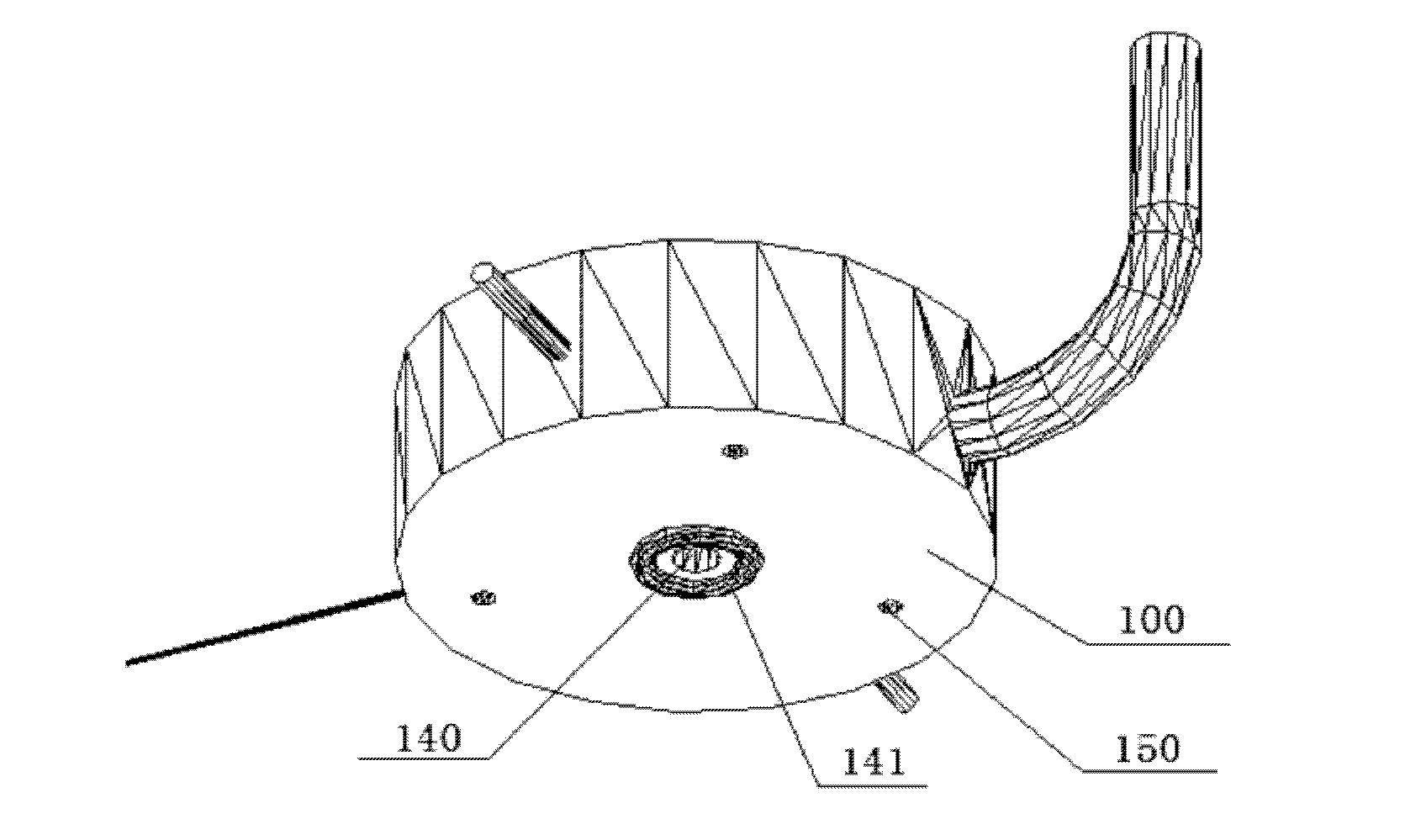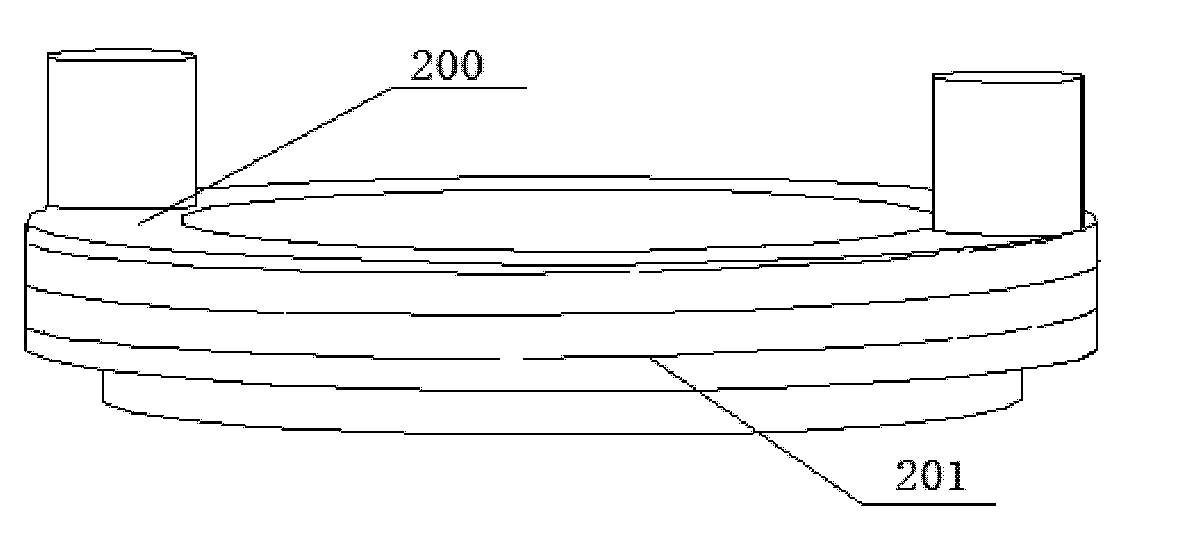Working electrode for electrochemical onsite surface enhanced Raman scattering (SERS) spectrum in-situ cell as well as preparation method and application thereof
A working electrode, spectroscopic in-situ technology, used in Raman scattering, material excitation analysis, etc., can solve the problems of poor signal stability and reproducibility, and achieve improved accuracy and reliability, easy processing, stability and reproducibility. good effect
- Summary
- Abstract
- Description
- Claims
- Application Information
AI Technical Summary
Problems solved by technology
Method used
Image
Examples
Embodiment 1
[0038] (1) Place the ITO glass sheet with a resistance value of 100Ω in acetone, isopropanol and ultrapure water for 20 minutes, and then use deionized water and hydrogen peroxide (30wt%) with a volume ratio of 5:0.5:0.5 , ammoniacal liquor (25wt%) mixed solution boiling treatment 30min;
[0039] (2) Place the cleaned ITO glass in 0.18mol L -1 Soak in the aqueous solution of APTMS for 12 hours, take it out, wash it with ultrapure water, dry it with nitrogen, and then treat it at a constant temperature of 100°C for 30 minutes;
[0040] (3) At room temperature, immerse the silanized ITO glass sheet in 0.45×10 -7 The particle size of mmol / L is 30-50nm in the gold sol for 6 hours, and the metal nanoparticles are assembled on the surface of the silanized ITO glass sheet in an orderly manner through the electrostatic interaction between the protonated amino groups on the silanized surface and the metal nanoparticles;
[0041] (4) Immerse the ITO glass piece in 1mmol / L HAuCl 4 and...
Embodiment 2
[0043] (1) The ITO glass sheet with a resistance value of 100Ω was placed in acetone, isopropanol and ultrapure water for 25 minutes, and then cleaned with deionized water and hydrogen peroxide (30wt%) with a volume ratio of 5:1:1. , ammoniacal liquor (25wt%) mixed solution boiling treatment 35min;
[0044] (2) Place the cleaned ITO glass in 0.20mol·L -1 Soak in the 3-MPTMS aqueous solution for 24 hours, take it out, wash it with ultrapure water, dry it with nitrogen, and then treat it at a constant temperature of 105°C for 35 minutes;
[0045] (3) At room temperature, immerse the silanized ITO glass sheet in 0.45×10 -7 The particle size of mmol / L is 50-70nm in the gold sol for 10h, and the metal nanoparticles are orderedly assembled on the surface of the silanized ITO glass sheet through the chemical bonding between the mercapto groups on the silanized surface and the metal nanoparticles.
Embodiment 3
[0047] (1) The ITO glass sheet with a resistance value of 100Ω was placed in acetone, isopropanol and ultrapure water for 15 minutes, and then cleaned with deionized water and hydrogen peroxide (30wt%) with a volume ratio of 5:2:2. , ammoniacal liquor (25wt%) mixed solution boiling treatment 25min;
[0048] (2) Place the cleaned ITO glass in 0.25mol·L -1 Soak in the 3-MPTMS aqueous solution for 1 hour, take it out, wash it with ultrapure water, dry it with nitrogen, and then treat it at a constant temperature of 110°C for 25 minutes;
[0049] (3) At room temperature, immerse the silanized ITO glass sheet in 0.50×10 -7 The particle size of mmol / L is 50-70nm in silver sol for 12 hours, and the metal nanoparticles are assembled on the surface of the silanized ITO glass sheet in an orderly manner through the electrostatic interaction between the protonated amino groups on the silanized surface and the metal nanoparticles.
[0050] The gold or silver sols in the above examples we...
PUM
| Property | Measurement | Unit |
|---|---|---|
| Particle size | aaaaa | aaaaa |
Abstract
Description
Claims
Application Information
 Login to View More
Login to View More - R&D
- Intellectual Property
- Life Sciences
- Materials
- Tech Scout
- Unparalleled Data Quality
- Higher Quality Content
- 60% Fewer Hallucinations
Browse by: Latest US Patents, China's latest patents, Technical Efficacy Thesaurus, Application Domain, Technology Topic, Popular Technical Reports.
© 2025 PatSnap. All rights reserved.Legal|Privacy policy|Modern Slavery Act Transparency Statement|Sitemap|About US| Contact US: help@patsnap.com



